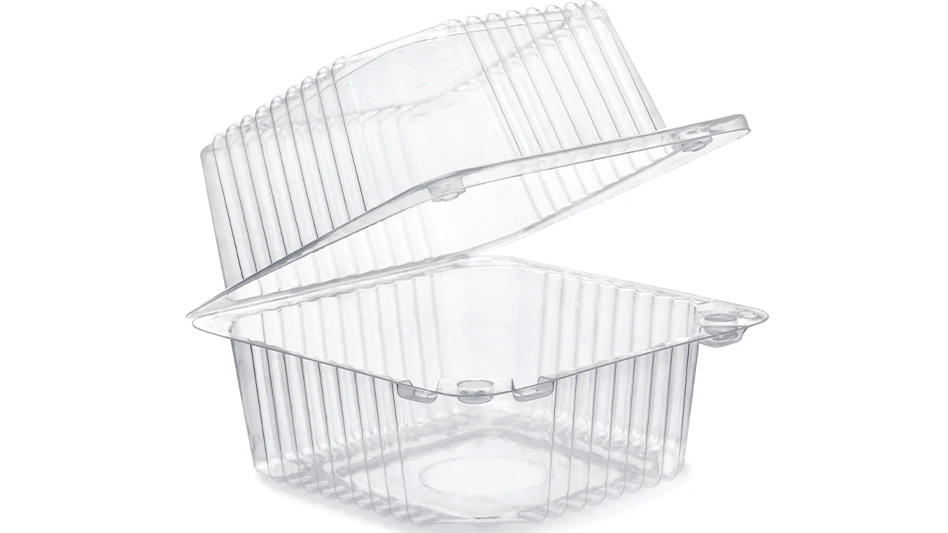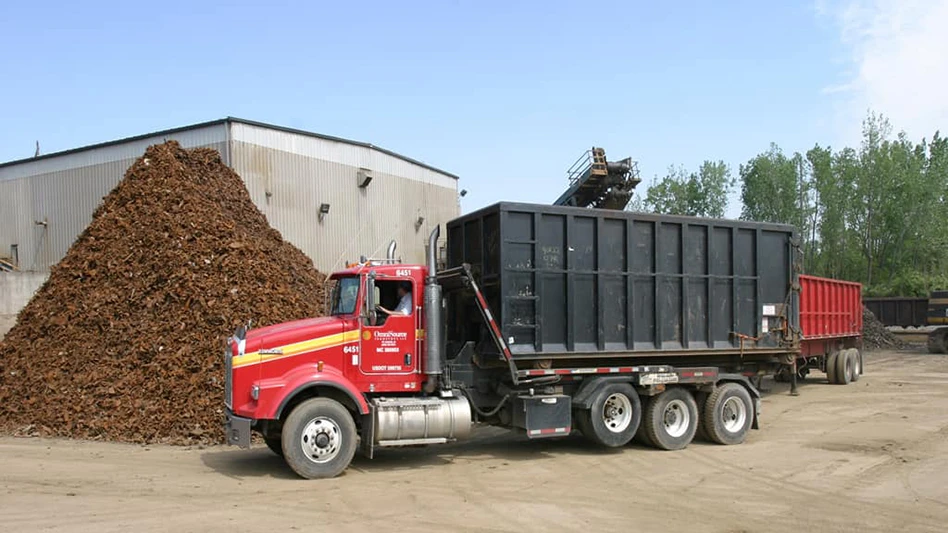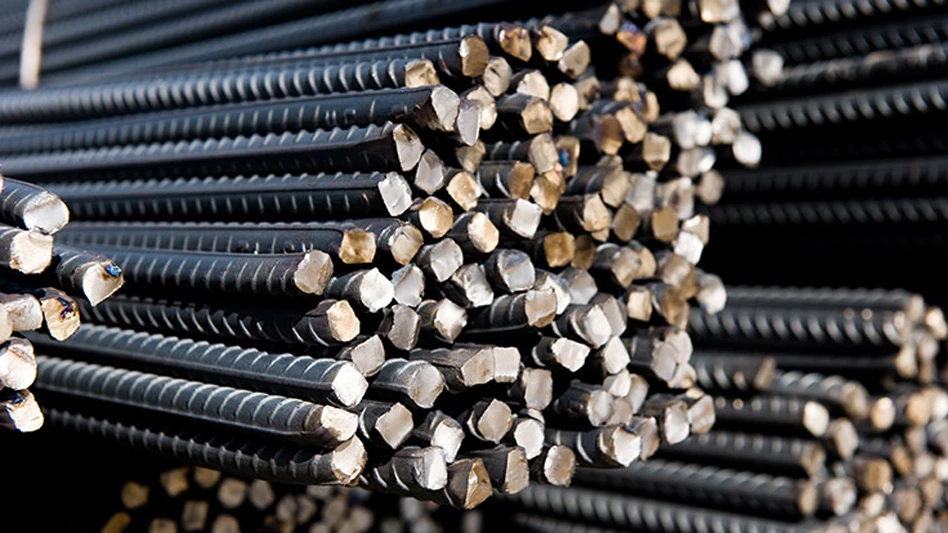 Innovation is an integral part of life. The desire to do better, to be better and to create more efficient tools is what drives humankind. However, there are some things that only need tinkering with to stay effective through the ages. Cutting torches arguably fall into this category. They have weathered the introduction of mobile shears and “mega” shredders to remain a viable tool in many recyclers’ arsenals.
Innovation is an integral part of life. The desire to do better, to be better and to create more efficient tools is what drives humankind. However, there are some things that only need tinkering with to stay effective through the ages. Cutting torches arguably fall into this category. They have weathered the introduction of mobile shears and “mega” shredders to remain a viable tool in many recyclers’ arsenals.
That is not to say cutting torches are the same as they were 40 years ago. The cutting torch has been updated over the years, as have the safety precautions that users should take when working with the devices.
Fit for the Job
Chris Bedell, senior vice president of The David J. Joseph Co., knows not everything is going to fit into a shredder or be suitable for processing by mobile or stationary shears.
Bedell, whose company is headquartered in Cincinnati, says, “If you imagine something like a 60-foot I-beam, it can’t be put into a furnace; it’s too big. So, the scrap processor has to cut it to meet whatever the scrap processor’s specifications are. Sometimes it might be 5 feet, sometimes it might be 2 feet—it all depends on the type of furnace it is going into for melting.” He adds, “The scrap processors’ challenge is to get the right sizing.”
In addition to helping processors break down large pieces of scrap, cutting torches can be used to separate contaminants from valuable materials.
Jim Wiseman, vice president of ISA Recycling, Louisville, Ky., says, “Believe it or not, as powerful as shears have gotten and as powerful as shredders have gotten, there are still certain configurations of scrap metal and machinery that are just simply too big to put into any automatic machine. Torches are still used to cut things down into more manageable sizes.”
He adds that torches are an ideal tool for removing contaminants from metals as well as for separating lower-value metals, such as cast iron, from those of higher value, like steel. “There might be some sort of contamination on the scrap metal, be it a hose or plastic buttons, that has to be cut around to get off,” Wiseman says.
A shredder would mix contaminants with valuable scrap, he says, and a mobile shear may not be as precise as a torch can be.
“The mobile shears have taken up a lot of the processing capabilities of a torch,” Bedell says. “If the material is thin enough, the mobile shear can cut it to length, but there are still many types of scrap that are too thick for a mobile shear to cut.”
Getting Fired Up
Torch cutting can be costly, so it is a good idea to decide ahead of time when it is worthwhile to break out the torch, sources say.
Wiseman recommends collecting a stockpile of a material, if possible, to get the most out of starting up a cutting torch. Just cutting for four hours might not be worth it, he says, especially as fuel prices continue to rise. Wiseman suggests waiting until a full day or two can be dedicated to torch cutting.
Fuel is an ongoing expense. “You have to have propane or acetylene and oxygen. Those are just like gasoline—they’ve done nothing but go up in price,” he adds.
Torch cutting devices also have increased in price throughout the years, as has maintaining the equipment, Wiseman says.
 One scrap yard operator has decided to focus on torch cutting, making it work in today’s market.
One scrap yard operator has decided to focus on torch cutting, making it work in today’s market.
Jason Roughton, president of RJ Torching Inc., Flint, Mich., and creator of SPARCS, a smoke particulate reduction system for use with torch cutters, says he “was born into this business.”
In addition to operating three scrap yards, RJ Torching provides on-site service at job sites throughout the Midwest.
Roughton says his company does not have a shredder, so his main focus is on his torchmen, as he calls them.
“You have to have the proper team and the right equipment operators,” he says of torch cutting. “In the past, people would just throw stuff out and let the torchmen at it. They didn’t really feed them right.” He continues, “Like you feed a shredder, you have to feed the torch cutters to keep them going. [We] keep material in front of them, and by doing that we’ve been putting out as many tons as shredders do just in torching.”
Safety Check
Cutting torches use high-pressure oxygen and gases such as propane, and those things combined can be hazardous. Torches have had a bad reputation, mostly stemming for the days when people operating the devices did not wear a fraction of the safety gear they wear today.
Terry McWhorter, a certified safety professional and director of safety for The David J. Joseph Co., says safety education is the only option these days.
“You’re dealing with oxygen at a high pressure and something flammable like propane to cut the metal, so [employees] need to be trained on the equipment they are using, understanding the hazards and the materials they are cutting,” McWhorter says. “They also have to be trained to wear certain types of protective equipment, such as flame-retardant outer wear, face shields, gloves and respiratory protection.” He says torch operators also need to wear hearing protection, as their working environment tends to be noisy.
In addition to the required respiratory protection and safety gear, facing operators in the same direction can help to keep harmful materials away from workers and improve jobsite safety.
“They all cut in the same direction,” Roughton says of his torchmen.
He adds that mobile equipment also can be used to feed material to torch operators. “Because a lot of guys can’t get through a whole piece [of scrap metal] right where it stands, we use our equipment to move it whichever way they want and we keep every guy where he is.” Roughton says, “We feed them kind of like an assembly line.
Training also needs to be an ongoing process, McWhorter says. “When they’re trained on all the aspects of torch cutting, they operate on a probationary period, where they are torch cutting under close supervision to make sure they fully understand what they have been taught,” he says.
Safety training does not stop at protective clothing and the proper operation of the torch. Clueing workers in on what materials they are working on also can prevent accidents in the field as well.
McWhorter says it is important for torchmen to understand what they are actually going to cut and if there are any hidden hazards associated with that material. “Old equipment like tractors or loaders could have stored-energy components, like springs or hydraulic cylinders, and if you don’t understand those things and you put a torch to them, the consequences can be pretty bad.”
Roughton says his company has found success by keeping employees separated when they do torch work to avoid accidents that might happen when someone wanders into a space he should not have.
“We made torching lanes and we made the operators in charge of their torches. It’s almost like a horse stall. Everyone’s got their own space. We don’t make them climb over stuff. They don’t go into other guys’ areas, and no one comes into their areas,” Roughton says.
With careful planning and attention to safe operating procedures, torch cutting can still be a viable form of processing in a recycling operation.
The author is assistant editor of Recycling Today and can be reached at kstoklosa@gie.net.
Get curated news on YOUR industry.
Enter your email to receive our newsletters.

Explore the April 2012 Issue
Check out more from this issue and find your next story to read.
Latest from Recycling Today
- Toppoint Holdings expands chassis fleet
- Lego creates miniature tire recycling market
- Lux Research webinar examines chemical recycling timetables
- Plastics producer tracks pulse of wire recycling market
- Republic Services, Blue Polymers open Indianapolis recycling complex
- Altilium produces EV battery cells using recycled materials
- Brightmark enters subsidiaries of Indiana recycling facility into Chapter 11
- Freepoint Eco-Systems receives $50M loan for plastics recycling facility





